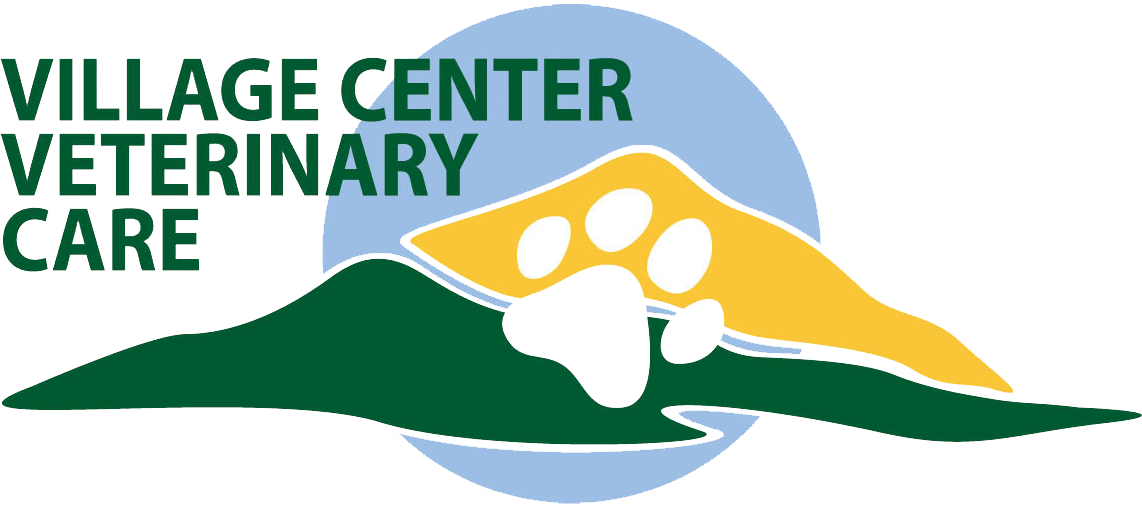Mr. Jarvis had Flopsy, the rabbit he had gotten for the kids at the state fair a few months ago, on the table. She had seemed fine at first, but now se seemed to be losing weight and she had a swelling on her upper lip just to the left of her nose. Every time he looked she was at the food dish and seemed to be eating continuously, so it didn’t make sense that she was losing weight.
A quick look inside Flopsy’s mouth gave the answer. Her incisors, the long teeth in the very front of her mouth, were growing in all sorts of crazy directions. The upper incisors had curled into her mouth and were starting to cut into the roof of her mouth. Her lower incisors were growing straight up and were so long that they had dug into her upper lip, causing an infection in the tissue they were stabbing into. She had been losing weight because, in spite of the fact that she was very hungry, she couldn’t get food into her mouth or chew it effectively with those teeth getting hung up on everything.
Misallignment and subsequent overgrowth of incisor teeth is a fairly common problem encountered in rabbits, rats, and guinea pigs. Their teeth are very different from people, dogs, or cats, in that they grow continuously throughout their life. The teeth are kept at an appropriate length when they grind against the opposing teeth on the other side. If the opposing teeth don’t match up correctly they grow past each other and start poking into the roof of the mouth, the opposing gums, or other sensitive tissue. Understandably, that not only causes mechanical difficulty in getting food into the mouth and chewing, it also causes pain and infection.
Misalligned incisors occur either as a genetic malformation of the jaw, usually the upper jaw, that keeps the teeth from meeting appropriately, or as a result of infection or injury that causes the teeth to shift position. Affected animals will require some sort of treatment in order to survive.
The old fashioned way of fixing overgrown incisors it to take a pair of nail trimmers and just clip off the extra length. It is quick, fairly effective, and can often be done at home. In the veterinary profession, however, we have come to realize that that technique exerts an enormous amount of force on those teeth, wrenching them in their sockets and causing quite a bit of pain as well as trauma to the teeth. The teeth will also sometimes crack lengthwise, which is again very painful and opens up an avenue for infection in the roots, which can become life threatening. A more appropriate approach to trimming the teeth is to briefly anesthetize the animal and use a dremmel type tool with a cutting disc to cleanly cut the teeth without traumatizing them. The anesthesia is necessary because wiggling rabbit or rodent and whirling blades of death tend not to be a good combination in regards to the overall health of the soft tissues in immediate association with the incisors--including the veterinarian’s fingers. Trimming needs to be done on at least a monthly basis to keep up with the incisor growth. Hauling the animal back and forth to the veterinarian’s for monthly trims can become pretty costly and stressful for both owner and pet.
A more definitive approach to incisor malocclusion is to surgically extract the incisors. The pet will still be able to eat without problems, and will not require trimming ever again. Not all veterinarians will be familiar or feel comfortable with the procedure, so you may have to search around to find someone who can do it. In the short run it will be a little more expensive, but in the long run it is usually the best option for a long, healthy life for the animal.

